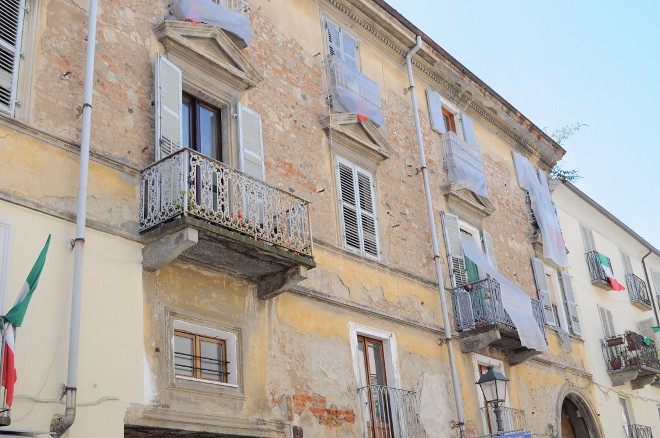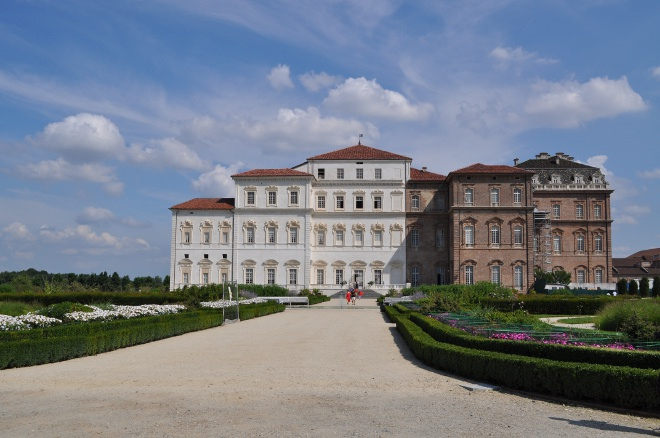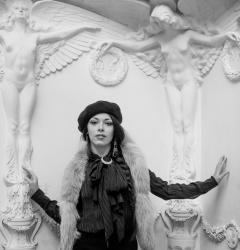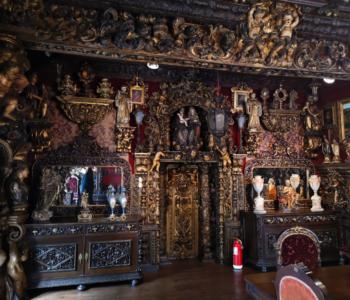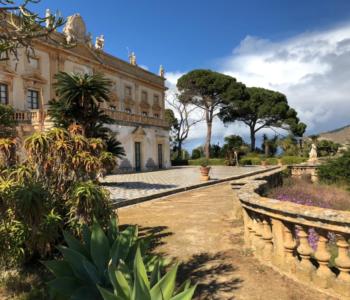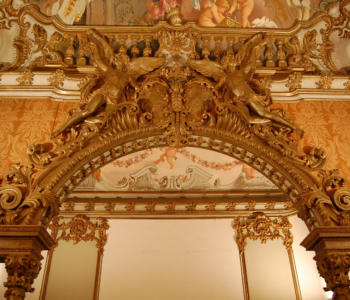Antonio Vivaldi, L’estro Armonico
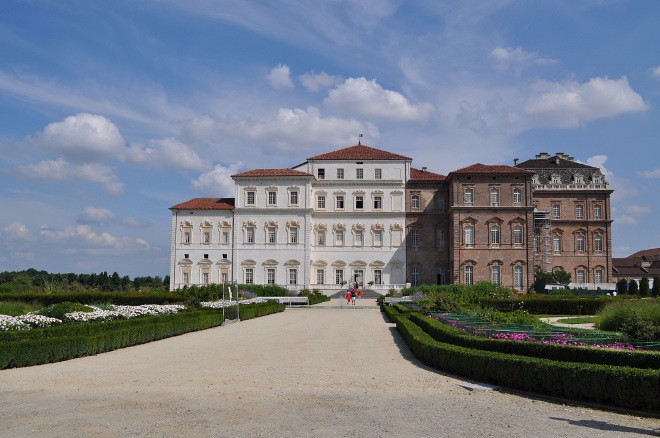
Last week I’ve been in Turin and I spent the entire sunday visiting Venaria, one of the royal residences of Savoy and one of the largest royal residences in the world, comparable in size and structures to those of Versailles and Caserta. Unfortunately, unlike these others royal residences, Venaria was stripped of its fornitures and today is quite empty, but still offers its wonderful gardens. The sad story of its rise and fall really impressed me, as it reminded me a Lucano’s quotes “in se magna ruunt”. So here is shorty its story, symbol of Beauty’s triumph and its inevitable decadence.
A Palace for hunting and leisure (1658-1699)
In the mid-17th century Duke Carlo Emanuele II of Savoy and Duchess Maria Giovanna Battista of Savoy Nemours decided to have a new Delitia or “delight” built for hunting and leisure, infact the name itself derives from latin Venatio Regia meaning “Royal Hunt”. The task was entrusted to the Court Architect Amedeo di Castellamonte and Michelangelo Garove and the project included a villa, a park, an hunting ground and an entire village. The park was conceived in the typical style of Italian gardens with an elaborate game of sculptures, fountains, staircases and multi-level terrace with an Upper level with the Palace and a Lower Park, larger in size.
In 1675 the borough and the palace were nearly completed, including the so-called Reggia di Diana (Royal Residence of Diana) the heart of the complex. Works however continued until the next century, as in 1693 French invasion troops are known to have destroyed some buildings and Duke (future King) Vittorio Amedeo II had the residence modified according to French canons. The gardens were redesigned in the french style, with views opening out to infinity and a new breadth, as dictated by the taste of the greates European court of the time, Versailles.
Court Ambitions and Heyday
Further damage was inflicted during the Siege of Turin (1706), when the French troops under Louis d’Aubusson de La Feuillade were billeted there. After the Savoyard victory Vittorio Amedeo named Filippo Juvarra as director of the works: his Great Gallery, the Church of Saint Hubert, the Orangery and the Stables turned the Royal Palace into a baroque masterpiece. In 1739 Carlo Emanuele II entrusted a series of enlargements to Benedetto Alfieri including the stables, utility rooms and the covered riding ground. Life at the Reggia would continue until the decline of the Ancient Regime.
The Decline
With the Restoration, the Reggia was converted into a military barracks and it remained so until after the Second World War. The decline began in the early 19th century with the arrival of Napoleon’s troops. The original layout of the gardens was wiped away to make room for a military drill-ground with horses, cannons and muskets. The hustle and bustle of the troops during the Wars of Indipendece and the first and then second world wars continued to ruin the gardens. When the military left, the Palace fell in prey of vadalism and it was tripped bare, robbed of his windows, doorframes and any other reusable part.
The Rebirth
The complex was hold by the Italian Army until 1978, when it was sold to the Ministry of Culture. Restoration works were begun in 1996 , but most of the complex was open for tourism from 13 October 2007. Frescos, decorations and important archeological findings were brought to light and the ancient materials have been enriched with new settings and modern artistic languages like the cinema of Peter Greenaway and the sculpture of Giuseppe Penone. This year, for the 150th anniversary of Italy’s unification, the gardens were completely restructured and rebuild exactly like the original project. Today, Art is back at the Venaria.
source: wikipedia.com; lavenaria.it

The Flower Garden
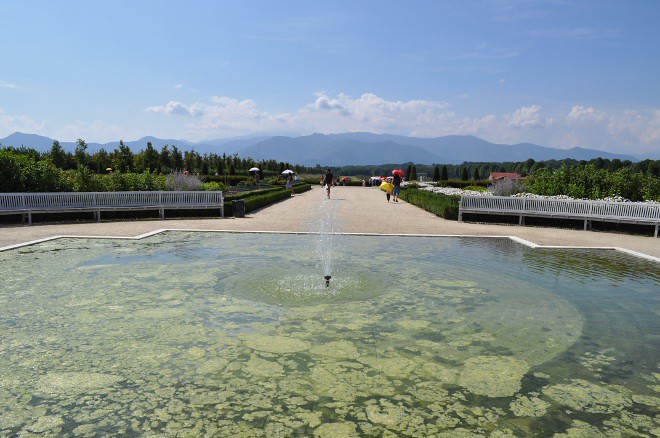

views of Giuseppe Penone’s Giardino delle Sculture Fluide
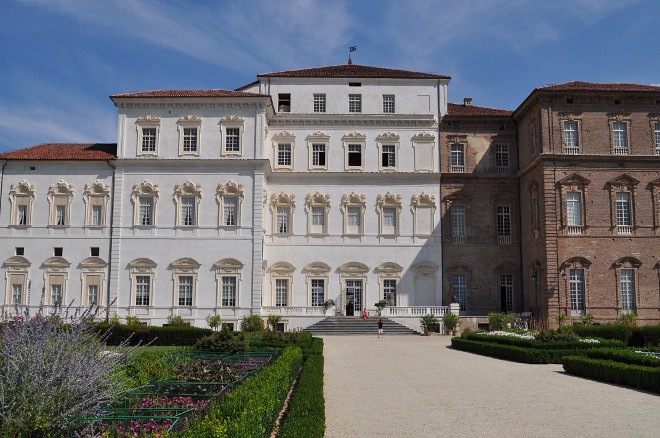
Palace of Diana
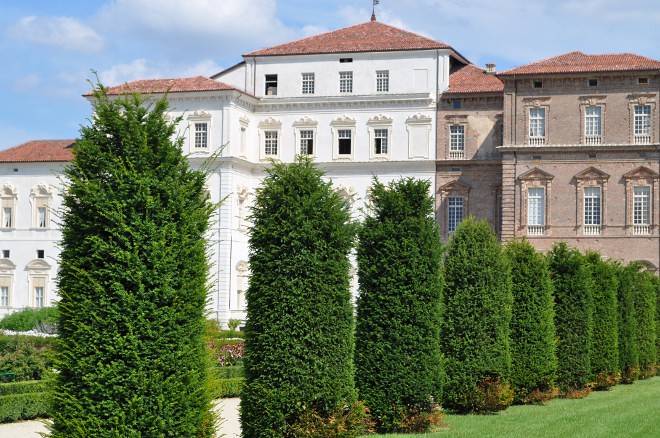
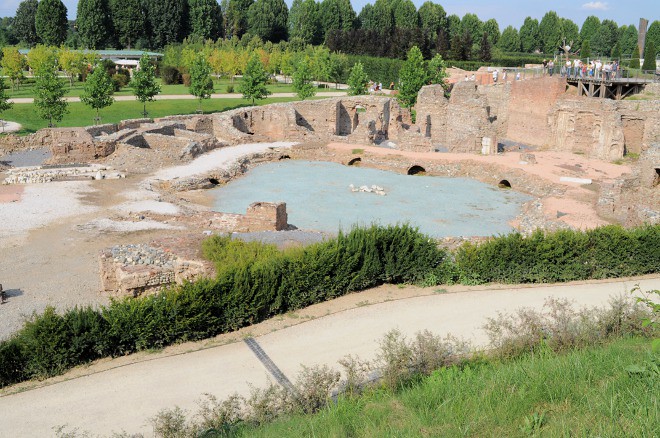
Fountain of Hercules (ruins)
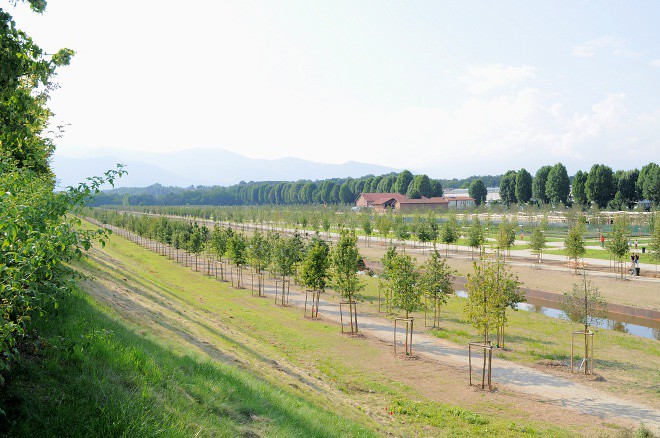
alley of the Fountain of Hercules
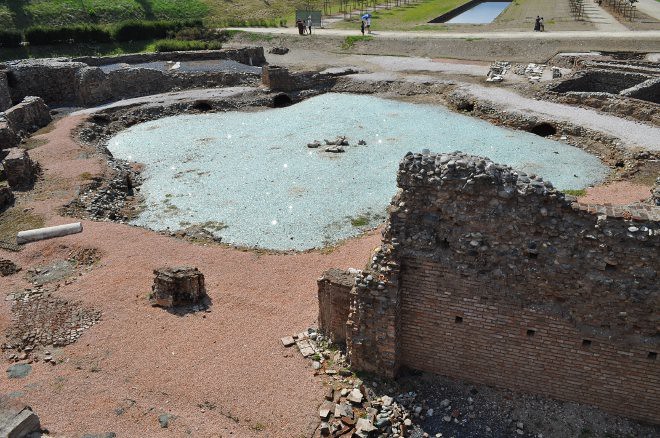
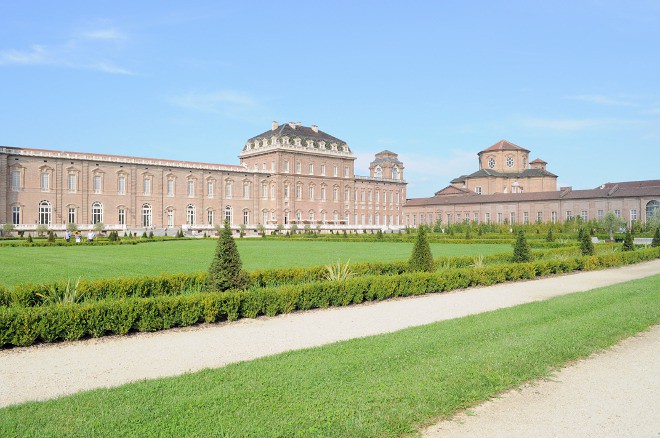
views of Piano Nobile and Church of S. Hubert from Juvarra’s Grand Parterre
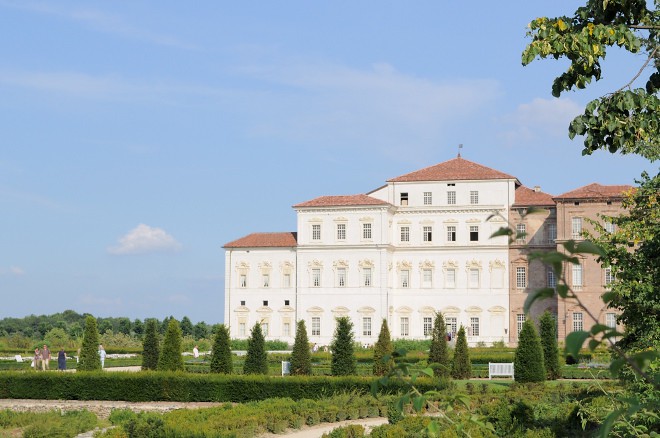

Juvarra’s Grand Parterre
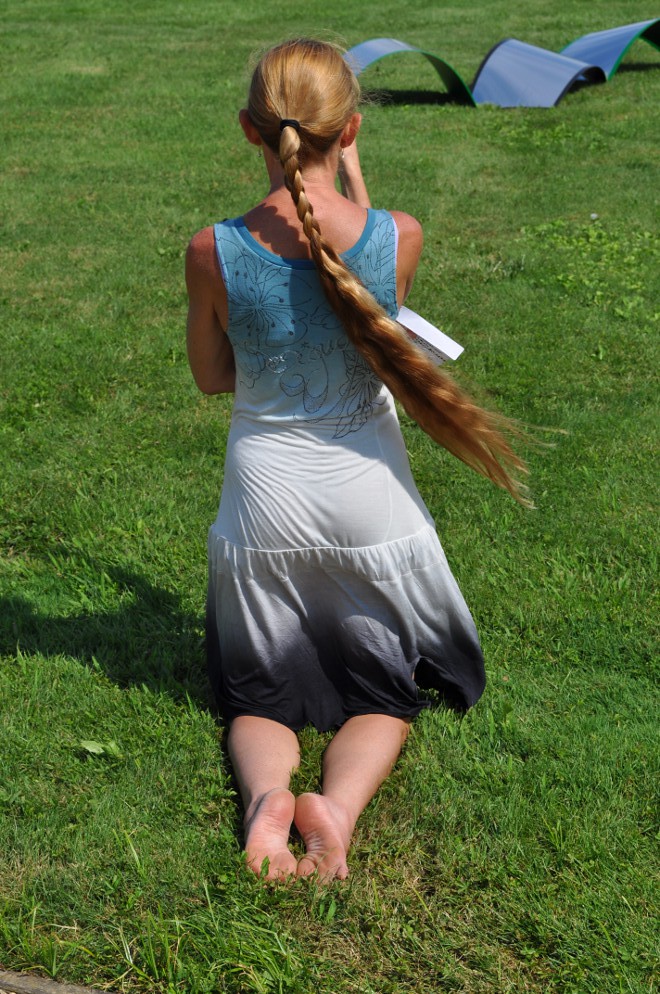
a dancers show in the Garden of Pergolas

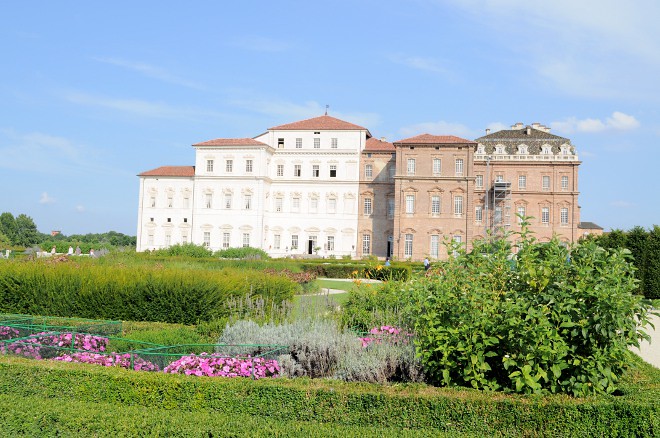
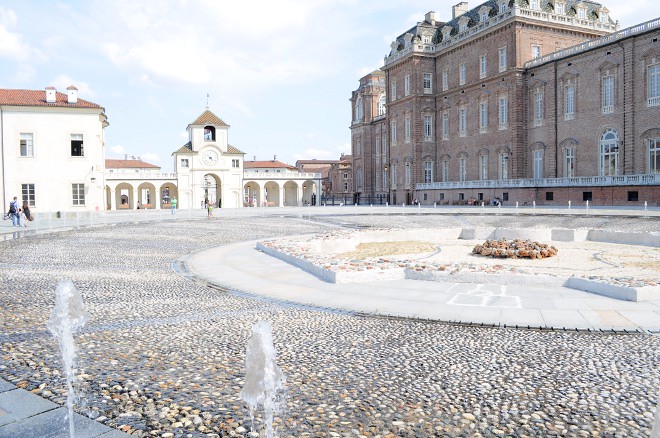
Court of Honor with the Fountain of the Stag
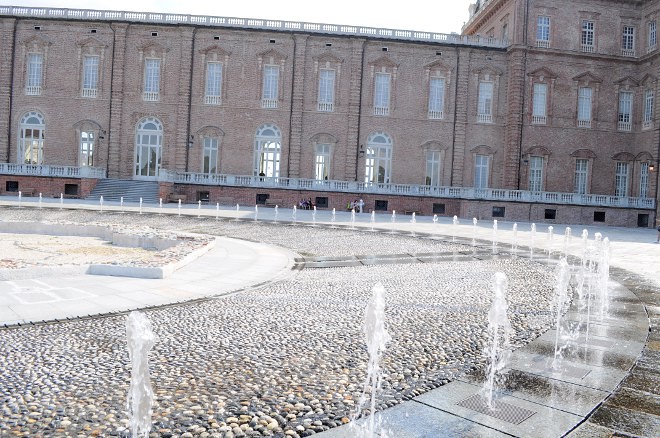
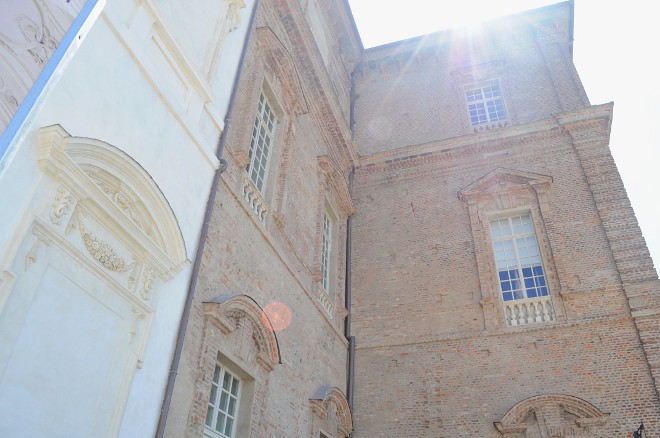
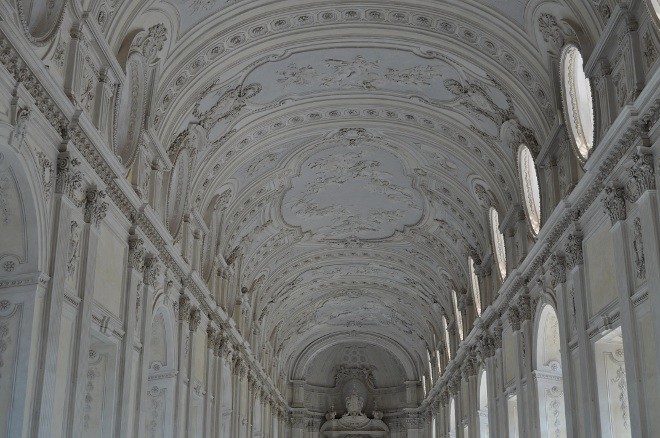
The Great Gallery, Juvarra’s masterpiece


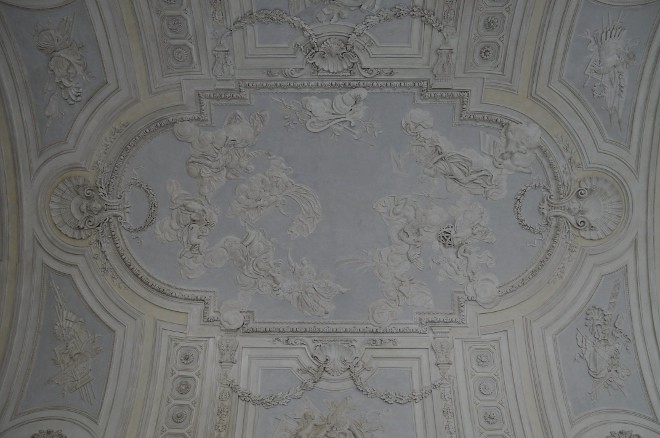
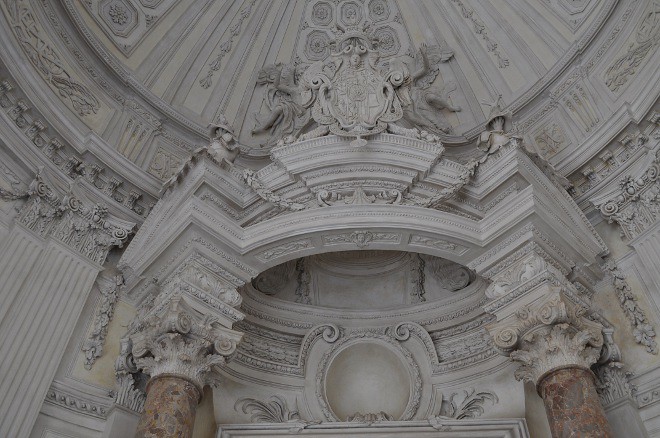
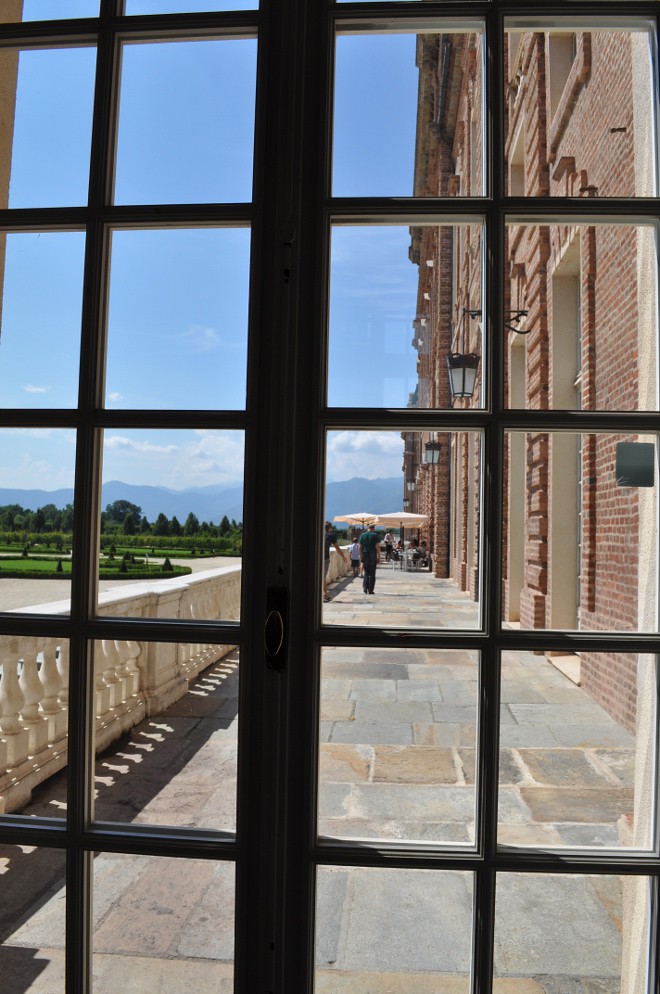
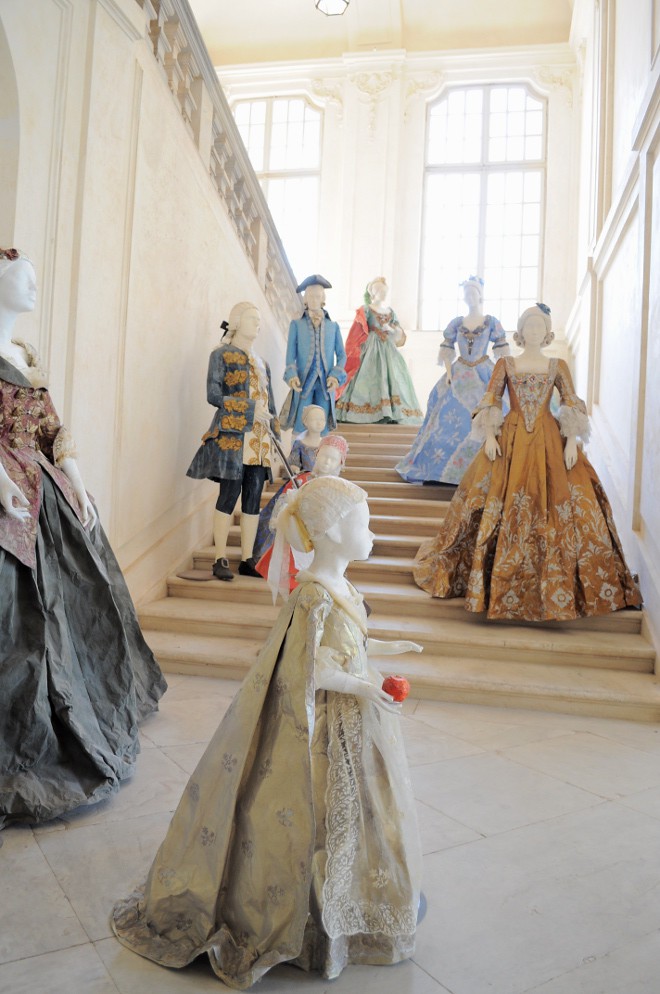
apparitions on the Alfieri’s staircase
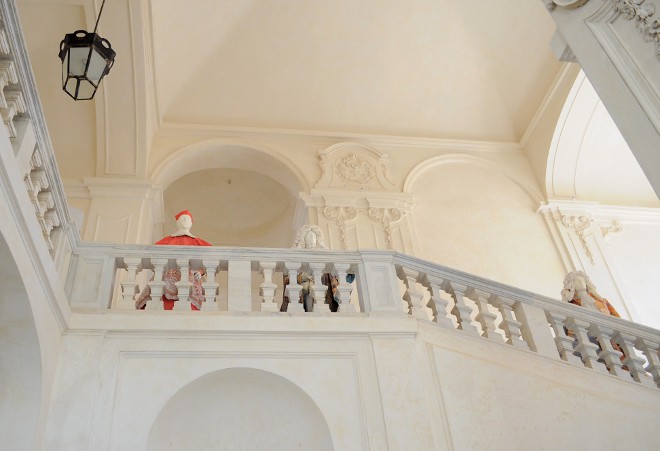
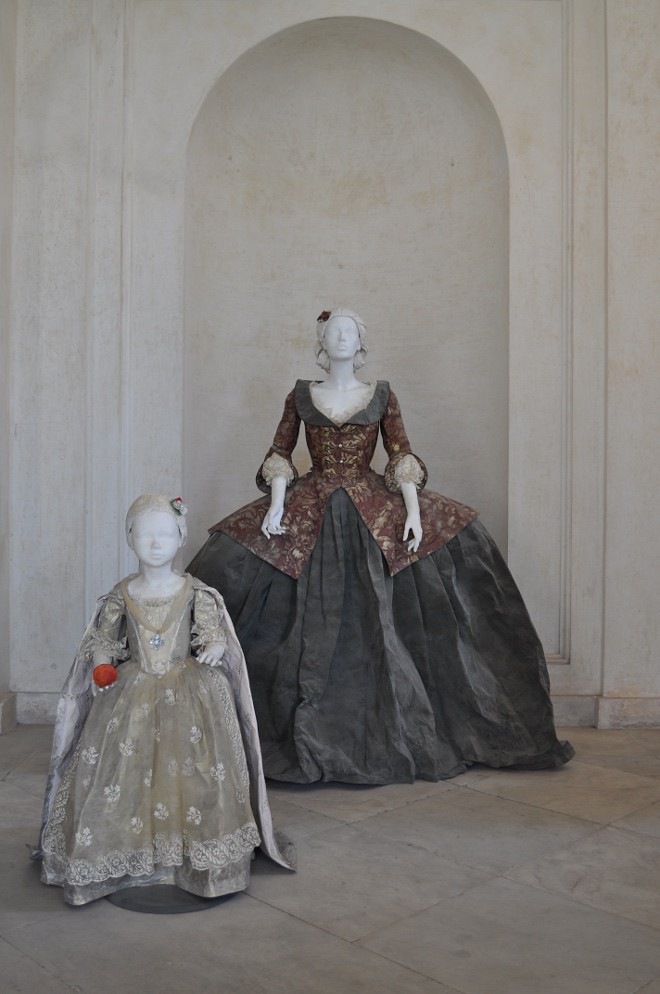
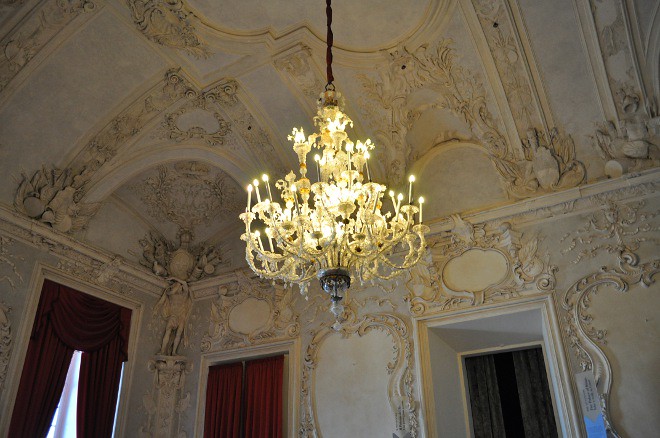
The music room
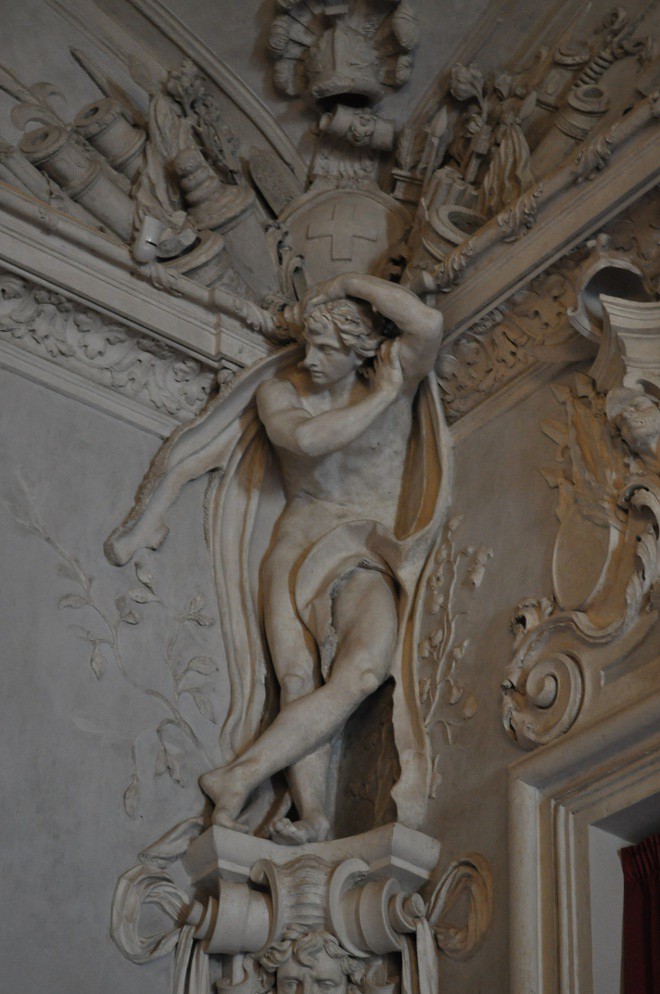
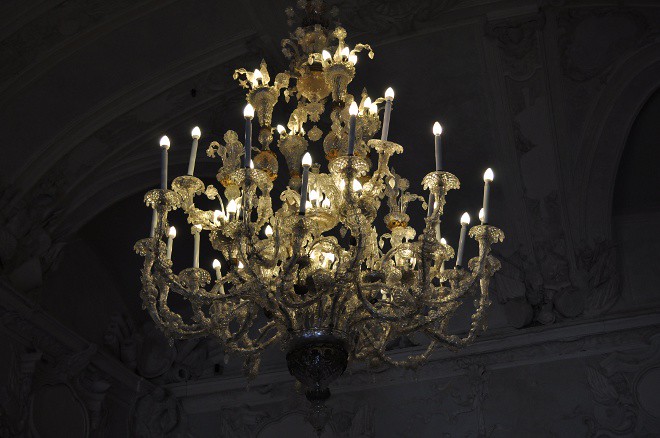

precious items and forniture of the 18th century Court in Garove’s Western Wing

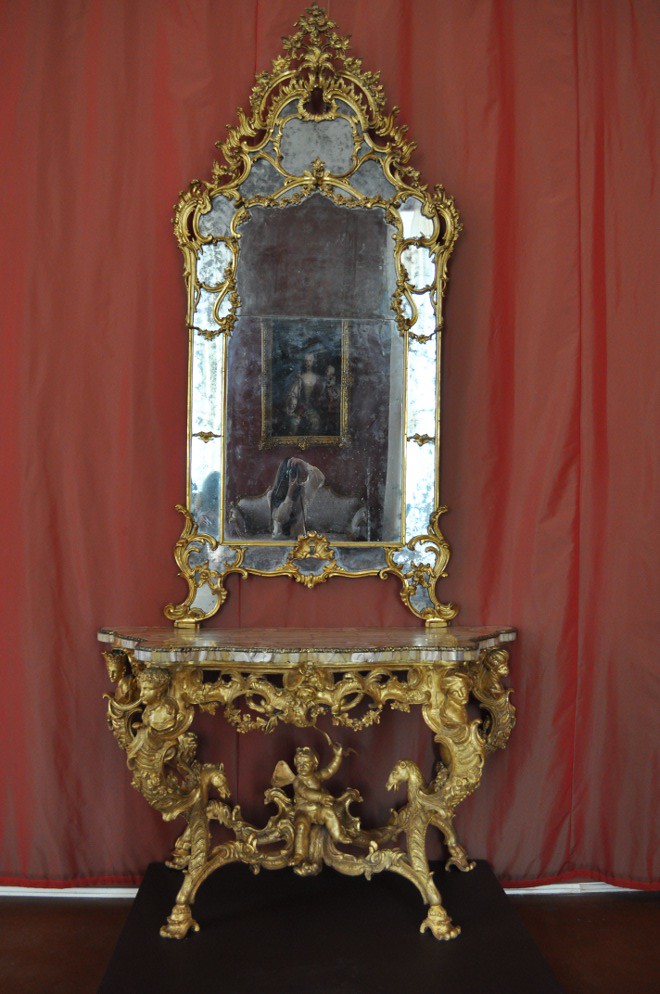
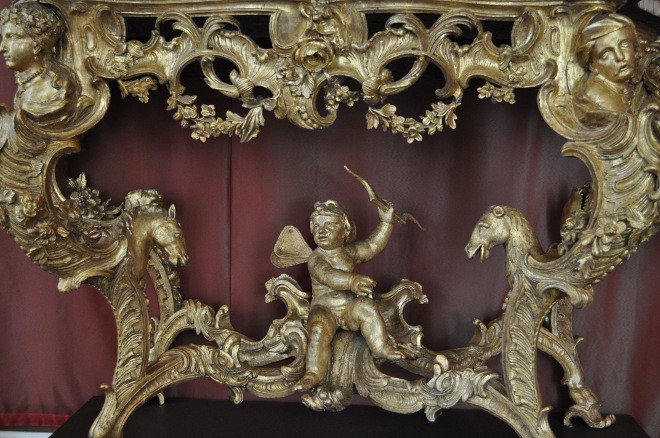
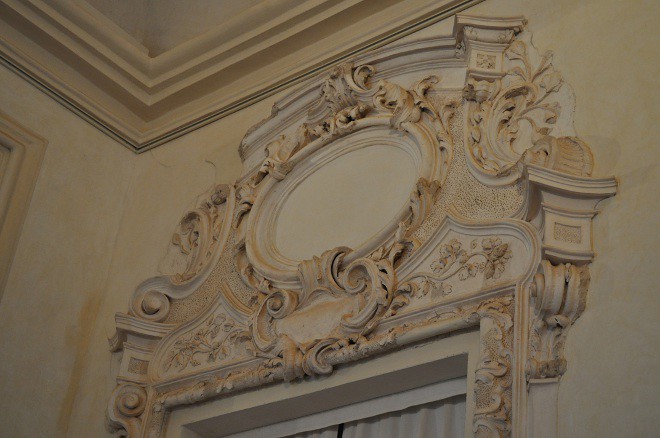
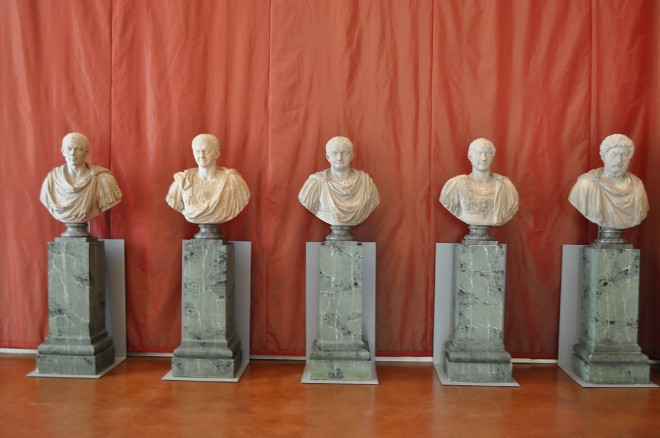
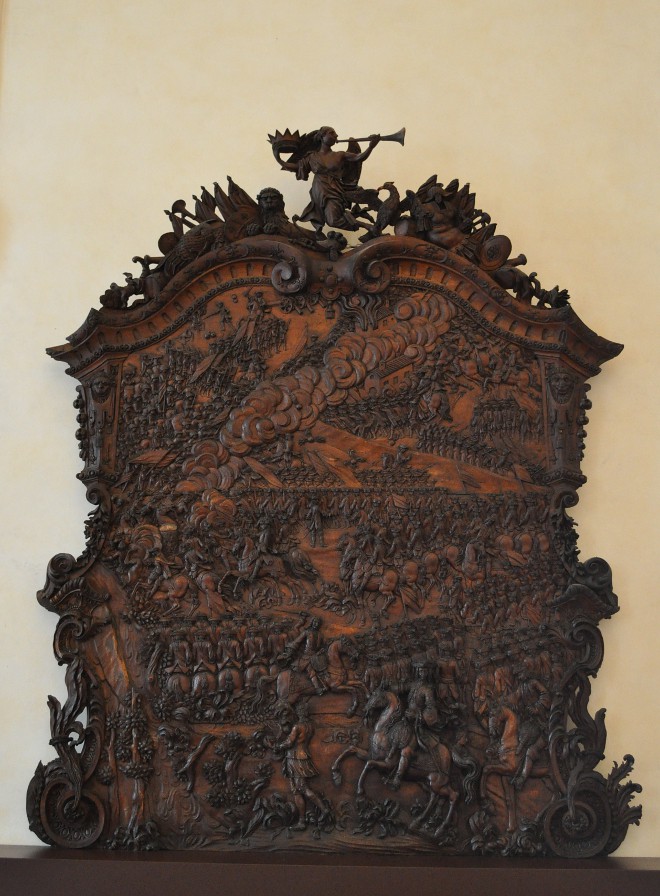

Church of Saint Hubert, builted by Juvarra between 1716-29, as it was strictly included within the palace’s structure, it was impossible to build a dome: this was then frescoestrompe-l’oeil from inside.
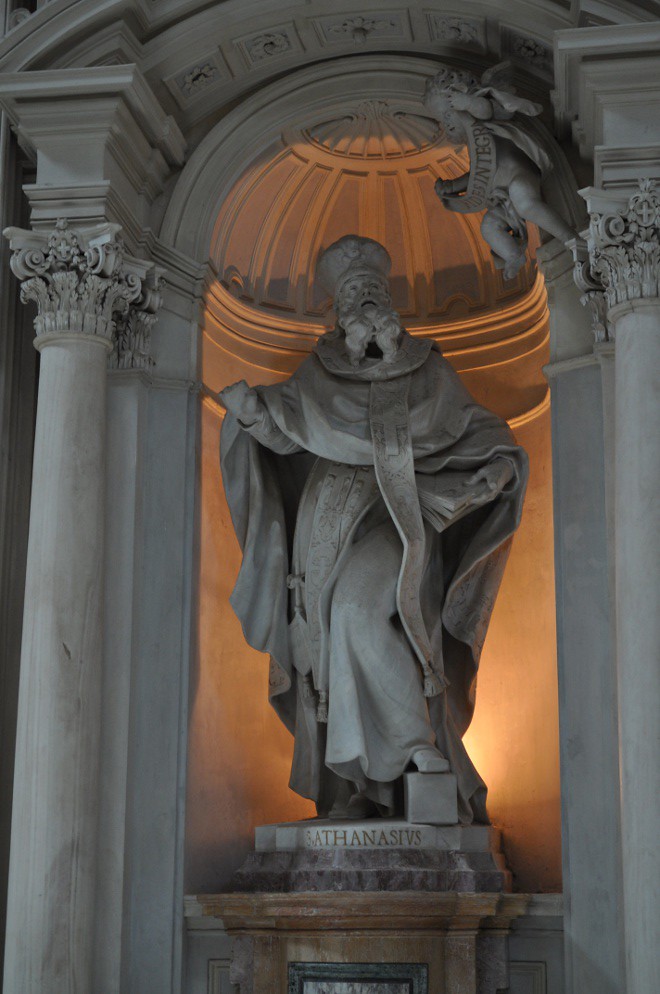

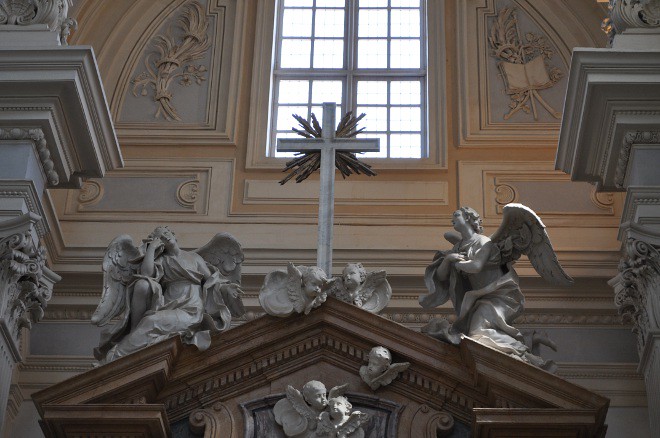
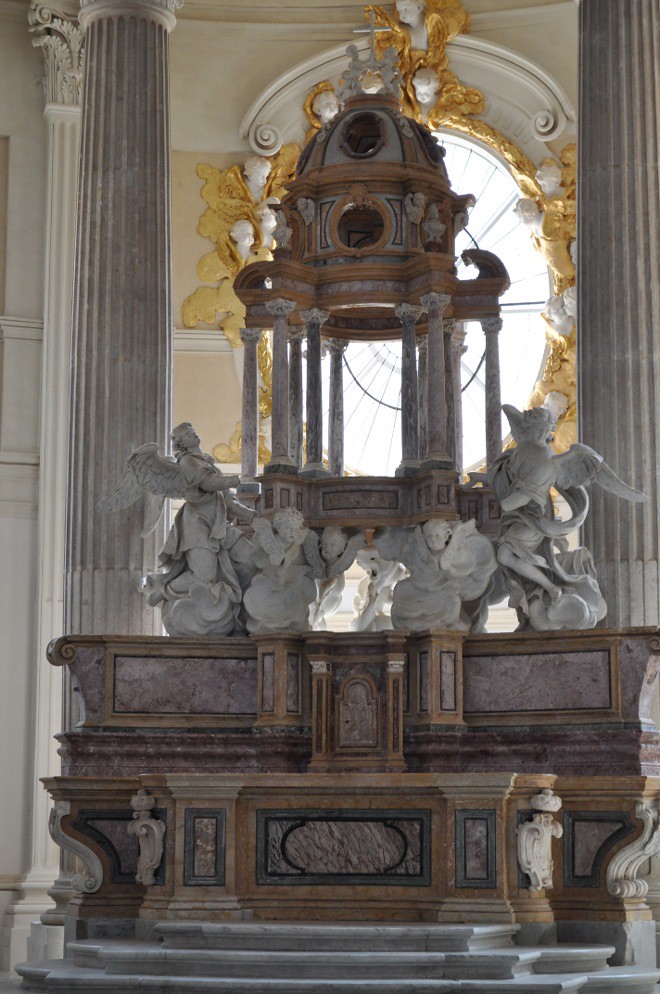
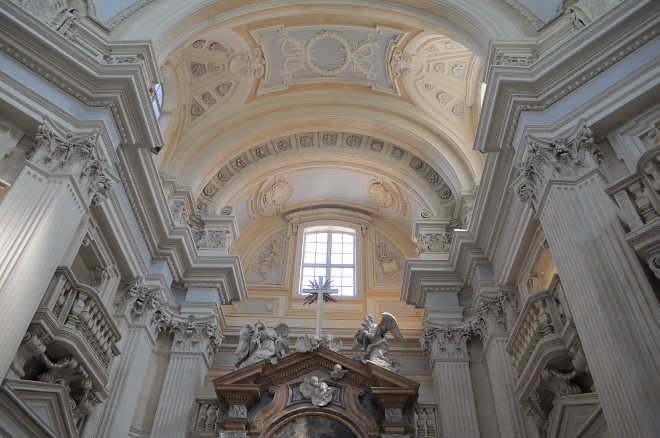
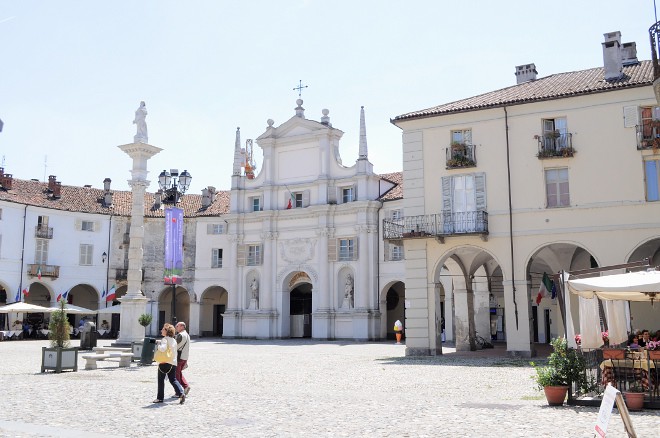
Historical center of Venaria Reale, designed by Amedeo di Castellamonte in 1667-1690 as a scenic background for the Royal Palace. Here is Piazza SS. Annunziata.
